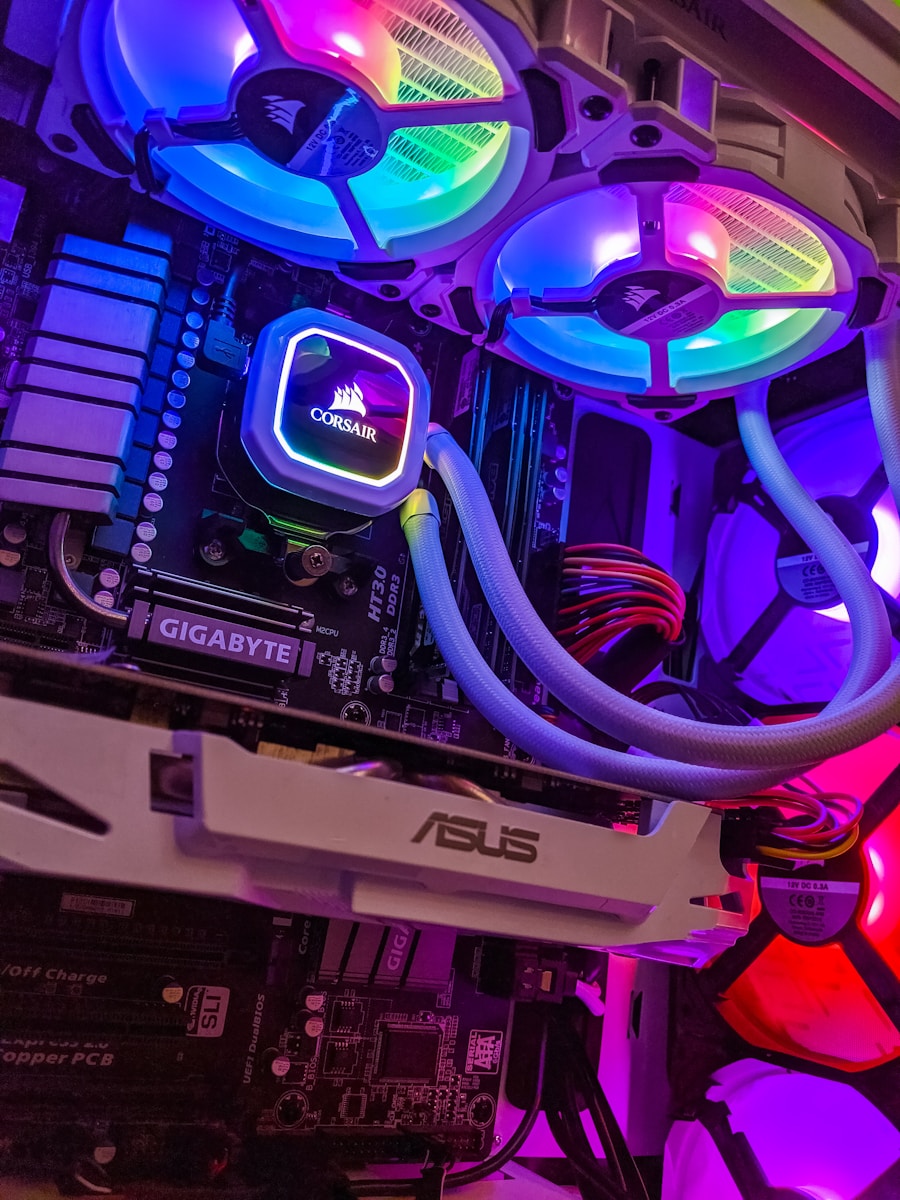I know, it’s expensive BUT… It’s actually worth what it costs.
The Sennheiser MKH 416 is one of my favourite microphones of all time and is one of the only times I decided to surpass the $1000 threshold.
I personally use it for everything voice-related (voice-over, live streaming, etc…) and for field recording outdoors. This shotgun microphone performs better than everything else I’ve ever used.
Why not go with the slightly more affordable Rode NTG-series though?
Keep reading and you’ll find out why the Sennheiser MKH 416 is truly one-of-a-kind. I’ll be sharing my thoughts in regards to what I like, don’t like and how I personally use this workhorse of a microphone.
The MKH 416 has built-up quite a reputation, let’s find out why!
- What I like about the Sennheiser MKH 416
- What I DON’T like about the Sennheiser MKH 416
- BEST WAYS to use the Sennheiser MKH 416
- Recommended accessories for the Sennheiser MKH 416
- Frequently Asked Questions (FAQ): Sennheiser MKH 416
- Summary: Sennheiser MKH 416 Review
What I like about the Sennheiser MKH 416
I like EVERYTHING about the Sennheiser MKH 416!
Okay… Maybe it’s a little expensive, but I’ll tell you what I did to pay it LESS later. For now, let’s just focus on the features that make this microphone indispensable.
In the world of TV and film, the Sennheiser MKH 416 is the industry standard.
It’s like the Shure SM57 of shotgun microphones!
One of the reasons it’s so popular (especially for outdoor field recording) is due to its “laser-beam” focus. The interference pattern is one of the best I’ve ever worked with.
In other words, the MKH 416 isolates sound sources like no other and rejects ambient noise better than the other popular shotgun microphones.
That’s really useful when you can’t get close enough to your subject.
Another impressive feature of the Sennheiser MKH 416 is the frequency response.
It’s one of the microphones with the “flattest” response which has earned it the accolade of the “NO EQ Microphone”.
That’s because it sounds so good that you don’t even need to EQ it (not 100% true, but still).
However, I will say that the top-end can potentially produce some sibilance, so a de-esser might be necessary for some voices.
Of course, that doesn’t apply if you’re not using it on voice.
Lastly, I really appreciate the Sennheiser MKH 416’s ruggedness. It’s another one of those “indestructible” microphones, so you can have peace of mind when using it in the field.
That’s reassuring when you spend LOTS of money on something. Right?
What I DON’T like about the Sennheiser MKH 416
If I had to name one thing… It’d be the top-end.
As I already stated, it can emphasize sibilance on some voices so it’s not ideal for EVERY voice (if that’s what you need it for).
However, it’s an easy fix with a de-esser.
Of course, the price is also one of the things people have complained about.
Personally, I don’t mind paying the price when an item is actually WORTH what it costs. In this case, it’s a no-brainer if you’re working in the industry.
I definitely recommend purchasing one second-hand if you have the chance though.
Just be CAREFUL because there are counterfeits in circulation…
BEST WAYS to use the Sennheiser MKH 416
You’re probably wondering what the Sennheiser MKH 416 is best suited for…
Some say that it ISN’T the best microphone for voice while others swear by it. However, I think that everybody agrees that it’s the perfect option for film sets.
In my opinion, it does both outdoor and indoor recording PERFECTLY.
Of course, it depends on what you’re looking for. For example, some may prefer NOT using shotgun microphones when the situation doesn’t absolutely call for it.
Professional-grade recording studios can use conventional condenser microphones like the CAD E100S (which is a popular option for voice-over).
Personally, I think shotgun microphones like the Sennheiser MKH 416 sound great even in “controlled” environments. I mount it on my desk and use it for my YouTube videos and any other voice-over work I might need to do.
I’d even use it to record instruments like acoustic guitar!
However, I agree that the best place to use the Sennheiser MKH 416 is OUTDOORS because that’s what it was designed for.
It’s the only microphone (besides the Zoom H3-VR) that I bring out into the field with me.
Recommended accessories for the Sennheiser MKH 416
If you’re going to be taking the Sennheiser MKH 416 out into the field with you, you’re going to need some essential accessories.
For example, the provided foam windshield isn’t suitable for the great outdoors.
You’re going to need something like the Rycote WS 4 (what I use) to use it on windy days.
You’ll also need a high-quality boom pole. I recommend something from K-Tek (I personally use the K-Tek 102CCR Klassic Graphite Boom Pole).
Also, make sure that your recording device can provide 48V Phantom Power.
For studio-use, I mount it on this K&M Microphone Desk Arm and that’s pretty much it!
Frequently Asked Questions (FAQ): Sennheiser MKH 416
Here are some of the most common questions I get about the Sennheiser MKH 416…
Does the Sennheiser MKH 416 need Phantom Power?
YES. The Sennheiser MKH 416 is an active microphone that requires 48V Phantom Power.
Is the Sennheiser MKH 416 a condenser microphone?
YES. Shotgun microphones like the Sennheiser MKH 416 are actually condenser microphones with a lobar polar pattern and interference tubes.
Summary: Sennheiser MKH 416 Review
If you’re still not convinced about the Sennheiser MKH 416, you might consider THIS instead…
The Deity S-Mic 2 sounds ALMOST identical to the MKH 416 and costs less than half the price. So, that’s an excellent alternative if you’re on a budget.
Personally though, I’d still go with the Sennheiser MKH 416.
If you work in the industry, you’ll create an excellent first impression if you use industry-standard equipment. No?
I also think that the MKH 416 is more durable in the long run.
Do you want to save some money? I definitely recommend looking for a second-hand microphone on eBay or by using Facebook Marketplace.
That’s how I found mine (which I paid CAD$900).
Do you have any questions about the Sennheiser MKH 416? Let us know in the comments and feel free to share your thoughts as well.
Thanks for reading, remember to join Decibel Peak on Discord and to support us on our Patreon page if you’re enjoying the content!
Related Articles
- 6+ BEST Shotgun Microphones for Productions Sound & Filmmaking
- How To Use a Shotgun Microphone: The Ultimate Guide for Production Sound
Sources





